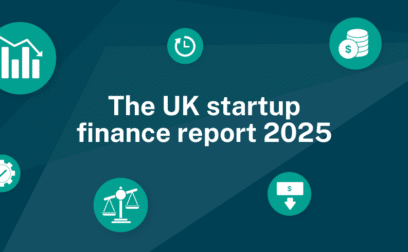Definition
Intervention Rate refers to the percentage of a project’s total costs that a funding body, such as Swoop, government agency or grant provider, will cover. The intervention rate determines how much financial support an organisation will receive for a specific project.
What is intervention rate?
The intervention rate is a crucial factor in grant funding, as it defines the amount of funding a grant will provide for a project. When an organisation, such as a business or research institution, applies for a grant, the funding body sets an intervention rate, which indicates what percentage of the total project costs they will fund. This rate can vary depending on the type of project, its risk level, the size and type of the applying organisation, and the specific criteria set by the funding body.
For example, grants aimed at business growth may have intervention rates ranging from 20% to 50%, meaning that the funding body will cover 20% to 50% of the total project costs. On the other hand, grants focused on higher-risk research and development (R&D) projects might offer intervention rates between 50% and 100%, reflecting the higher risk and potential impact of such initiatives.
Intervention rates are typically applied to eligible project costs, which can include expenses such as research and development, personnel, equipment, and materials. It is essential for applicants to understand the specific intervention rate applicable to their grant type, as it impacts the amount of co-financing they will need to provide.
How are intervention rates applied?
Grants are usually provided in arrears, meaning that the recipient must first incur the costs and then reclaim the agreed percentage of funding from the grant provider, typically on a quarterly basis. This approach ensures that the funds are being used appropriately and align with the objectives of the grant.
For example, if a project has an intervention rate of 50%, and the total eligible costs amount to £100,000, the grant would cover £50,000, while the organisation would need to fund the remaining £50,000.
Example of an Intervention Rate
A medium-sized manufacturing company wants to develop a new sustainable production process and applies for an R&D grant with an intervention rate of 70%. The total project cost is estimated at £200,000. With a 70% intervention rate, the company will receive £140,000 in grant funding. The remaining £60,000 will need to be covered by the company through other means, such as internal resources, loans, or additional investors.
Understanding the intervention rate helps organisations plan their project finances and align their funding strategy with the available resources and funding opportunities.


































 yet? Register here!
yet? Register here!